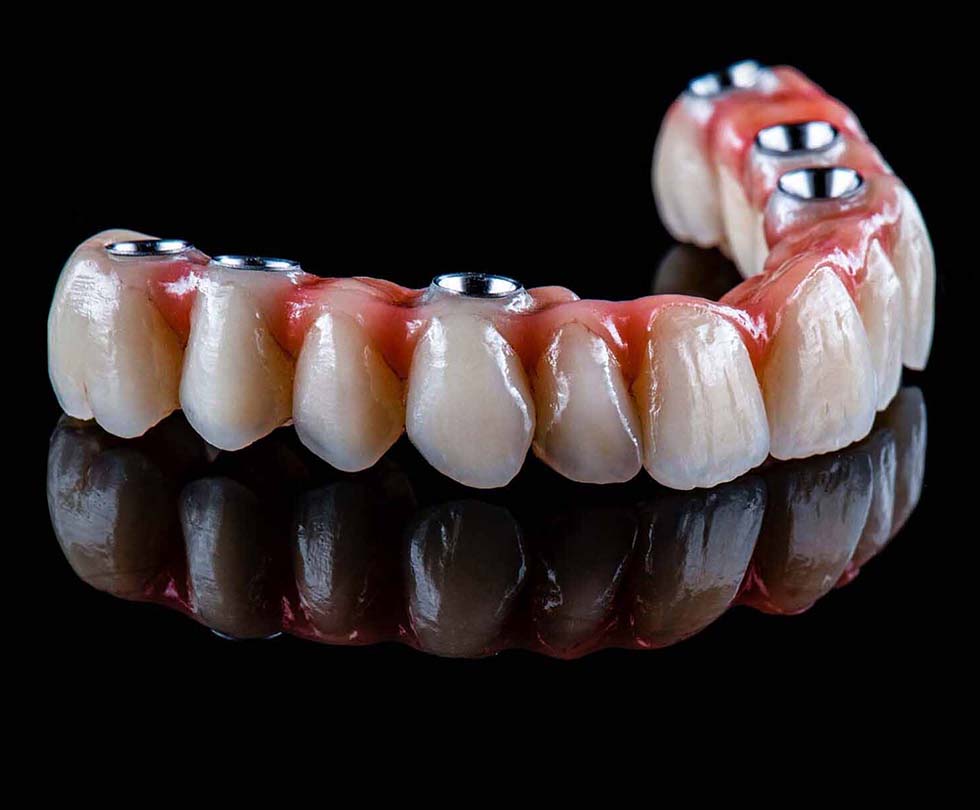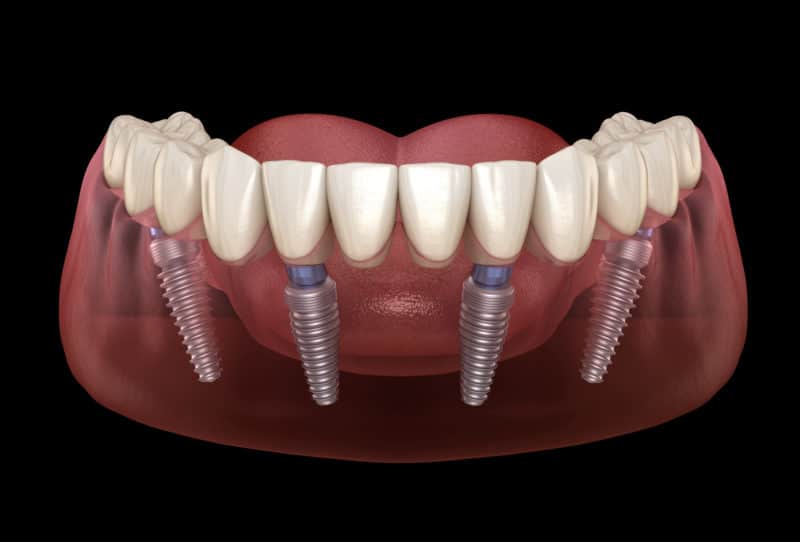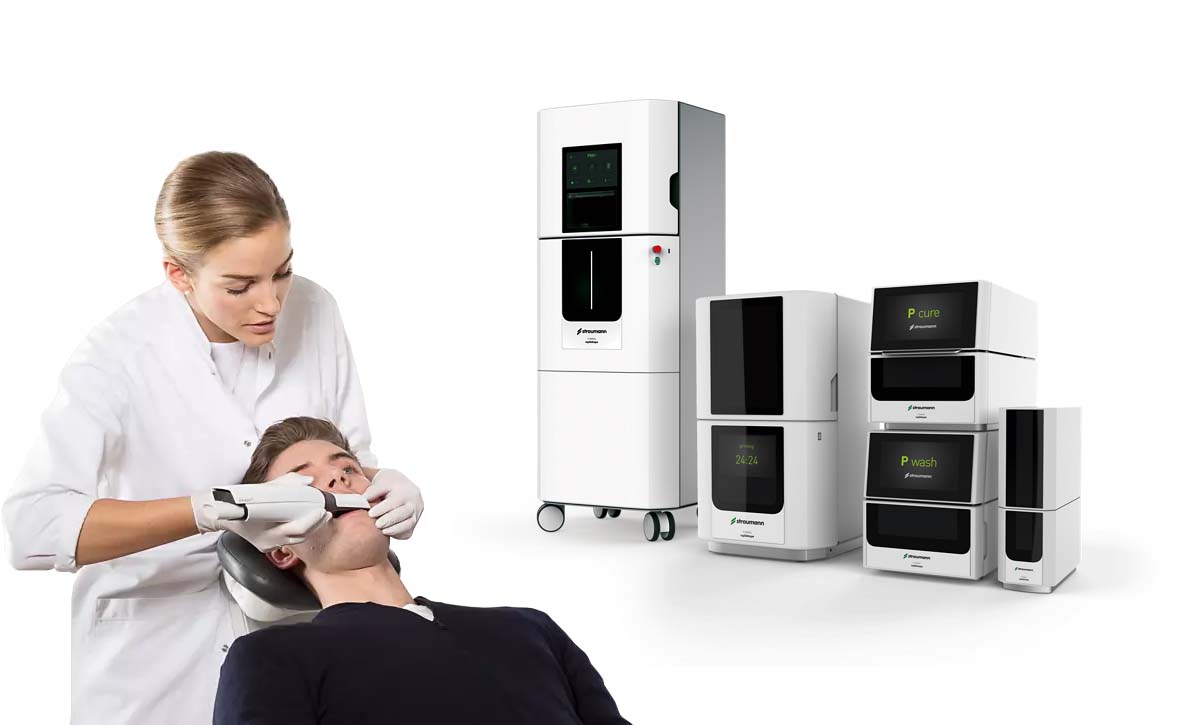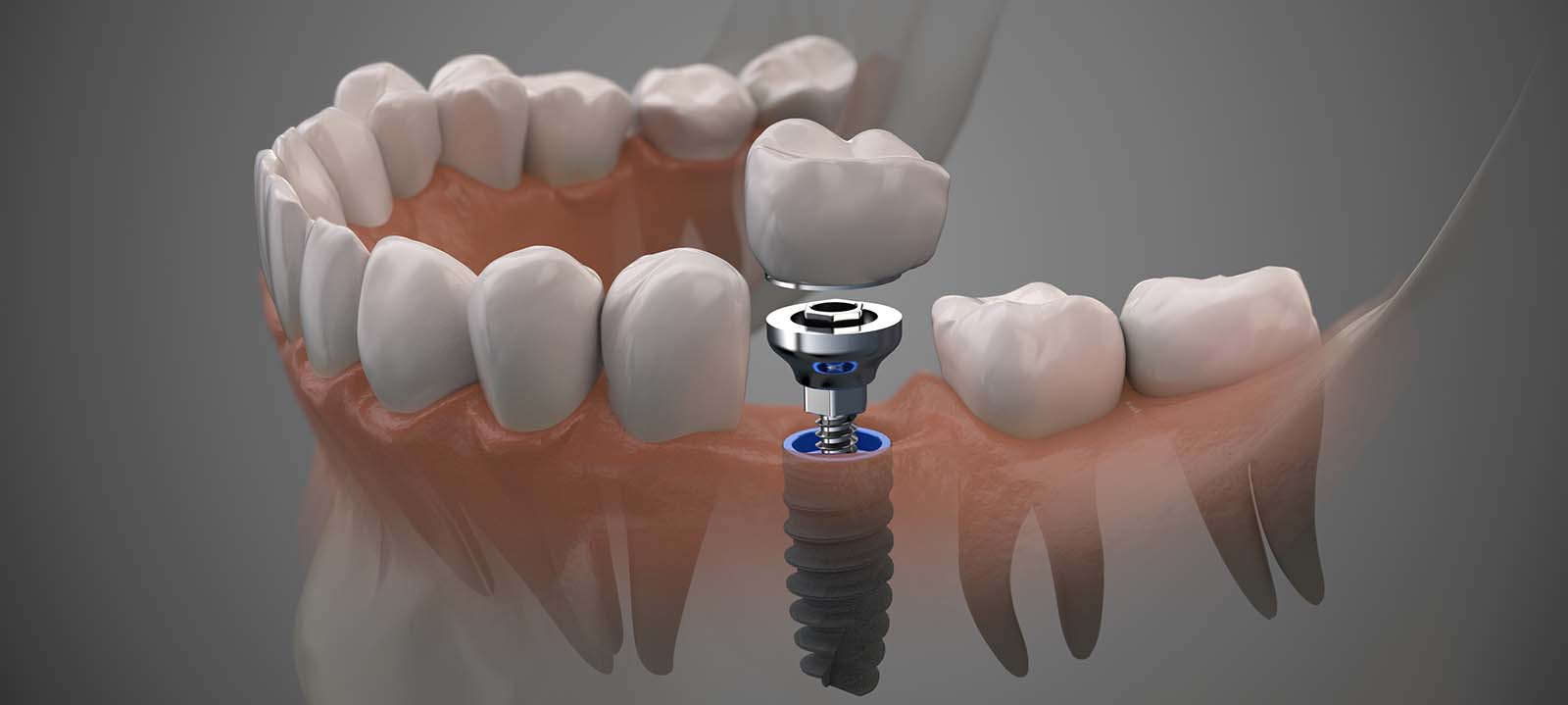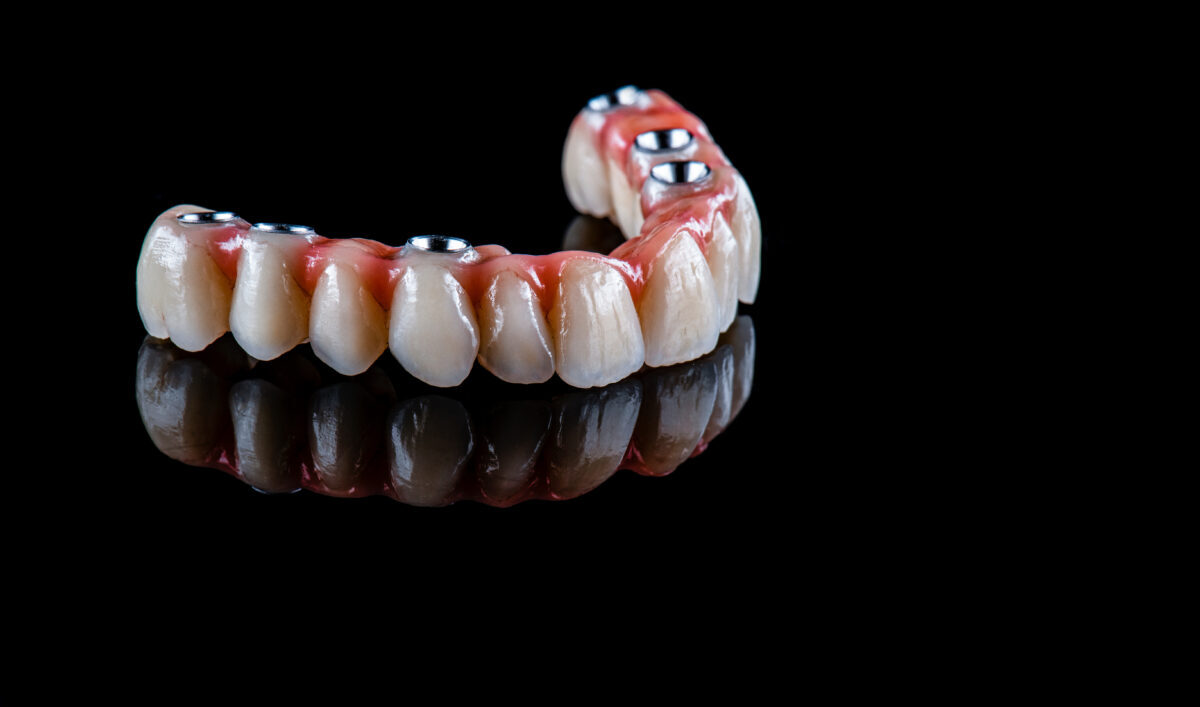A dental implant is used to replace missing or broken teeth. Dental implants require a surgical procedure; you may need to visit your dentist several times to complete the installation. Dental implants are permanent additions that look and feel almost identical to normal teeth. This procedure is a great choice for both small dental problems and complete oral restorations.
Why Did the Dentist Recommend a Dental Implant?
Dental implants are often the best way to permanently replace missing teeth. Bridges, dentures, and other replacements are meant to be temporary solutions. If used in the long term, they can potentially damage the surrounding bone and tissue.
If your dentist recommended a dental implant, it means that you have missing or severely damaged teeth, normal oral health, and a strong supporting jawbone. Some dental implants can support multiple replacement teeth, so you may only need four or six implants to replace the teeth on an entire arch.
How Long Will the Dental Implant Surgery Take?
Some dental implant surgeries can be performed in a single day; others require multiple visits. Your dentist will inform you of the extent of your procedure. A standard dental implant surgery requires five separate visits.
- Your first visit will include a full dental examination and the presentation of a treatment plan. You will likely book an appointment for the first stage of your surgery during this visit.
- The base of your implant is installed during your initial surgery. Once the implant has been successfully attached, you will need to wait several weeks for your jawbone to integrate with and support the implant.
- Your dentist will check on your surgery and attach the abutment during your third visit. The abutment is a small post to which your new tooth will be affixed. Some abutments are attached during the first part of the surgery, so this visit may not be necessary. Either way, the dentist will check on the health of your implant and send you out the door with a temporary tooth.
- The fourth visit will be used to take an impression of your mouth and select a permanent crown. The dentist may present you with several material options. They will also perform a checkup to make sure that your surgery has completely healed.
- Your permanent tooth will be installed on your fifth visit. This replica has been manufactured to fit perfectly in your mouth; it can sometimes take several weeks to order and receive the final tooth.
Depending on the condition of your mouth, the dentist may recommend additional visits. These visits might include removing the damaged tooth, checking on the success of your surgery, and confirming the fit of your crown before ordering the permanent version.
The entire implant process is typically completed over a few months. Ask your dentist for an exact timeframe that considers your personal needs.
How to Prepare for Your Surgery
All patients need to undertake a comprehensive exam before they can be considered for dental implant surgery. Your dentist will take X-rays, review any existing medical conditions, and make a recommendation that fits within your budget.
Your dentist may present you with pre-surgery instructions. Follow their recommendations to make your appointment as successful as possible.
- Your dentist may recommend that you take antibiotics or rinse your mouth with an anti-bacterial mouthwash a few days before the surgery. Otherwise, you should follow your normal oral care routine.
- Get a full night’s sleep and eat a healthy breakfast before your surgery. Any medical procedure will be more successful if you are in good health.
- If you will be sedated, you may be asked to avoid eating for 12 or more hours. Ask your dentist if any of these precautions are necessary.
- Finally, ask someone to transport you to and from your appointment. Even if you are not sedated, you may not want to drive immediately after receiving an implant.
Step One: Placing the Implant
Your first surgery places the titanium implant into your jawbone. You may be sent home with a partial denture for appearance, but this is not your permanent tooth.
- The dentist will numb the surrounding area with an anesthetic. If your implant is performed by an oral surgeon, you may also be sedated for this process. Some patients choose sedation to avoid any discomfort during the procedure; however, local anesthesia is extremely effective and sedation is not usually necessary.
- Once the anesthetic takes effect, the dentist will make a small incision in your gum and expose the bone underneath.
- A small drill will be used to create a hole for the implant. You will not feel pain during this process, but there may be mild discomfort.
- A titanium post will then be inserted into your jaw. This post is similar to a screw and will be threaded into the previously drilled hole.
- The dentist may install the abutment at this point; they may also install a temporary component to protect the implant while it heals.
- Finally, your gums will be closed over the implant. Depending on the extent of the surgery, stitches may be used to assist with the healing process.
Your recovery from this first surgery will take several weeks. During this time period, your jawbone will heal around the implant in a process known as osteointegration. Your dentist may recommend that you eat soft foods, take antibiotics, and otherwise care for the surgery site.
Step Two: Placing the Abutment
If the abutment was not placed during the first part of your implant surgery, the dentist will place it during a second visit.
- Just as in the first surgery, your mouth will be numbed with an anesthetic. The dentist will make another incision into your gum.
- Your dentist will check on the health of your implant and remove the temporary component. They will then install the abutment; if you look at your mouth during this stage of the process, you will see a small metal pole sticking out of your gumline.
- Your gums will then be closed and sealed. Stitches or medical glue may be used to hold them in place.
- Finally, the dentist will attach a temporary tooth to cover the abutment while you heal. This tooth should be treated gently, as it is not your permanent replacement.
This second surgery does not have the same recovery time as the first. You need to wait for your gums to heal before your permanent tooth can be attached. Your dentist will usually schedule your next appointment before you leave the office.
Step Three: Choosing and Placing the New Tooth
The dentist needs to take an impression of your mouth to create a permanent crown. This is usually done after your mouth is completely healed. Depending on your dental office, you may need to come in for several appointments to complete this step.
Your dentist may present you with several options for your final crown.
- Your replacement tooth could be made from metal, porcelain, resin, or a fused combination of these materials. Most dentists have a few preferred materials that they use; your dentist will make a recommendation based on budget and appearance.
- A removable crown is snapped or screwed onto the abutment. It can be taken off for cleaning, repair, or replacement.
- Fixed crowns are cemented or fused onto the abutment. These crowns act as truly permanent new teeth. If something happens to the crown, you will need to visit your dentist for a repair consultation.
Once you choose the materials and style for your new tooth, your dentist will craft your crown or order it from a laboratory. You will usually be given a temporary tooth to wear until the permanent tooth arrives.
Oral Care After a Dental Implant Procedure
Your new permanent crown should look and feel just like a normal tooth. Follow your dentist’s advice to take good care of your new implant.
- Immediately after your first procedure, be extremely careful with the surgery site. Take all prescriptions as directed and avoid aggravating the wound. You may experience minor swelling, pain, or bleeding. If you notice unusual symptoms, contact your dentist.
- If you receive a temporary tooth, treat it gently. These teeth can be used for chewing, but avoid any impacts to the area. You may need to remove the tooth for cleaning.
- Your permanent tooth can be brushed and flossed like normal. Visit your dentist for regular checkups to maintain the health of your tooth.
Although most dental implant procedures are the same, some dentists may offer slight variations to the surgery. Minor implants and abutments can often be installed in a single day. An implant may be able to support multiple abutments; this is how an entire arch can be replaced with only four or six actual implants. More complicated surgeries may require several visits or an extended treatment plan.
How much it cost?
Click here to learn more about the cost of dental implants in Los Angeles.









